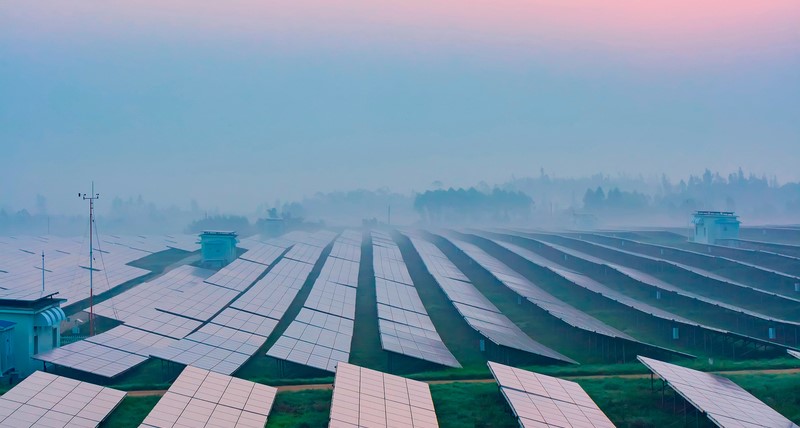“More Stations. More Data. Better Forecasts.” – that’s the slogan of New York State Mesonet. The weather observation network consists of a total of 125 weather stations all over the state of New York and Lufft was selected as one of the vendors to support them in capturing the data.
“More Stations. More Data. Better Forecasts.” – that’s the slogan of New York State Mesonet. The weather observation network consists of a total of 125 weather stations all over the state of New York and Lufft was selected as one of the vendors to support them in capturing the data.
All 125 of the weathers stations have the standard instrumentation suite. Of those 125, 17 sites are equipped with additional vertical sensing systems, 17 with additional surface energy budget sensors and 20 with additional snow water equivalent sensors. In figure 1 you can see the network’s distribution.
The solar-powered standard ground stations will be mounted in an average 30 km distance from each other, detecting routine weather parameters. These include:
- Wind speed and direction
- Air temperature
- Relative air humidity and dew point
- Solar radiation
- Barometric pressure
- Precipitation
- Soil temperature as well as moisture in 5, 25 and 50cm depths
- Snow depth
The stations deliver all data via cellular communication to the University at Albany for quality-control, archiving, and dissemination. A camera delivers images of gate entrance, ground and sky every 5 minutes in order to enhance safety and to estimate snow depth, visibility, vegetation cover and height.
Surrounding wind behavior is measured by a digital Lufft V200A ultrasonic sensor anemometer. The Lufft V200A is mounted at a height of 10m which provides both wind speed and wind direction data. The sensor’s embedded heaters provide the ideal solution for the extreme winter months. The Lufft V200A sensor design keeps the sensor well-protected from bird “attacks” running maintenance-free for years to come.
For the precipitation, the highly-accurate Ott Pluvio² 200 sensor is the choice. Its sensitive weighing mechanism is able to provide a 1% accuracy for precipitation amount and 0.1 mm/min accuracy for precipitation intensity. Moreover it can detect all kinds of precipitation reliably and automatically corrects wind and temperature effects. An alter shield protects the measurement further from interferences through wind turbulences.
Five of the standard sets are mounted on rooftops in each borough of New York City. They will be utility powered and be equipped with a UPS (Uninterruptible Power Supply) to prevent data loss for 24 hours in cases of power outages.
In addition to these standard equipped sites, the surface flux network provides information on radiation and fluxes in every direction as mentioned above.


